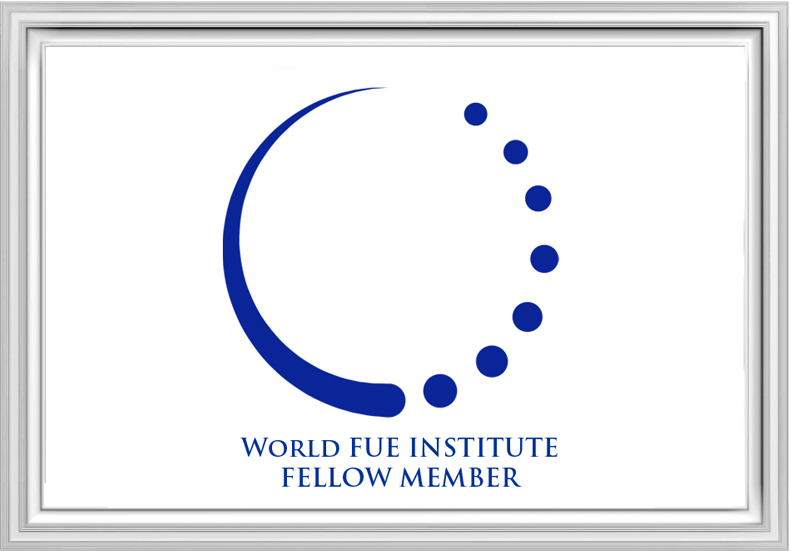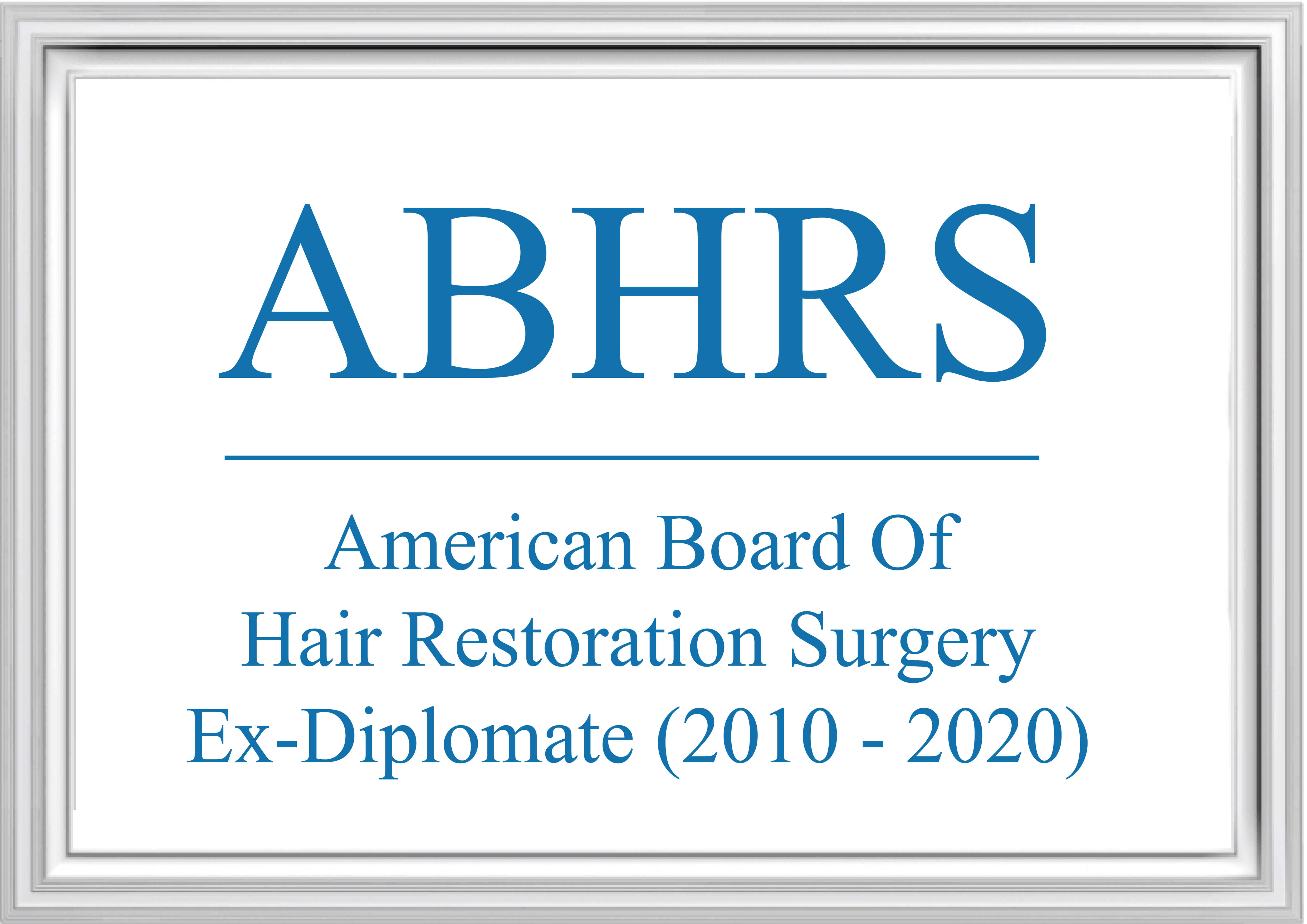TERMS OF USE I have read and agreed to the specified terms before assessing this database.
Medical Qualification
Quotable Qualification
• Bachelor of Medicine, Bachelor of Surgery, University of New South Wales, Australia
• Fellow, Royal Australian College of General Practitioner
• Master of Pain Medicine, University of Newcastle, Australia
• Diploma of Practical Dermatology, Cardiff University, United Kingdom
• Postgraduate Diploma in Occupational Medicine, Chinese University, Hong KongK
Medical Registration
• Medical Council of Hong Kong
• NSW Medical Board Australia
Publication
Journal - Hair Transplant Forum International
• How I Do It - Female Hairline Extension Technique, Vol 23:4, July/Aug 2013
• Idiopathic occipital fibrosis: what the FUE hair surgeon should be aware of, Vol 22:6, Nov/Dec 2012
• The Ethical Issue of Automatic FUE, Vol 22:1, Jan/Feb 2012
• The potential role of hair transplant surgeons in treating vitiligo: A case report. Vol 20:2, Mar/Apr 2010,
• A Simple DIY Tool to Prevent Tangling of Grafts in Long Hair Transplant, Vol 19:4, July/Aug 2009
• Report of Hospital-Acquired Enterobacter Infection After Hair Transplant Surgery. Vol 19:3, May/Jun 2009
• Postoperative Edema in Mega Sessions: Risk Factors and Our Preventive Protocol. Vol 19:3, May/Jun 2009
• Post-surgical Donor Site Hair Loss: Anagen or Telogen Effluvium? Vol 19:2, Mar/Apr 2009
• Follicular Unit Extraction: Experience in the Chinese population. Vol 19:1, Jan/Feb 2009
• Removal of Undesired Grafts 5 days after a Hair Transplant, Vol 18:5, Sep/Oct 2008
• Laser-assisted Hairline Placement. Vol 18:5, Sep/Oct 2008
Journal - European Society Of Hair Restoration Surgery Journal
• FUE for Undersired Grafts shortly after Hair Transplantation: How and When? Vol 9:1, 2009
Textbook
• Prevention and Treatment of Postoperative Folliculitis, Practical Aspects of Hair Transplantation in Asians, Pathomvanich & Imagawa, Springer 2018
• FUE in Asian Population, Hair Transplantation (Korean Edition), Tommy Hwang et.al. 2012
• FUE, Hair Restoration for Asians, Pathomvanich & Imagawa, Springer 2009
• Laser Hairline Placement, Hair Restoration for Asians, Pathomvanich & Imagawa, Springer 2009
Poster Presentation
• The Simple Management of Postoperative Folliculitis, ISHRS Annual Scientific Meeting, Bahama 2012
• Double-Guns FUE Technique, ISHRS Annual Scientific Meeting, Montreal, Canada 2008
• FUE in the Chinese Population, ISHRS Annual Scientific Meeting, Montreal Canada 2008
• How To Harvest the Invisible Hair, ISHRS Annual Scientific Meeting, Montreal, Canada 2008
Invited Speaker

2017
• Prevention of Postoperative Folliculitis, AAHRS Annual Meeting, Bangkok Thailand
2013
• Female Hairline Extension Technique, ISHRS Annual Scientific Meeting, San Francisco USA
2012
• Where to Plant the Grafts when not enough, ISHRS Annual Scientific Meeting, Bahama
• Donor Harvesting in Asian, ISHRS Annual Scientific Meeting, Bahama
• No Easy Money in FUE, AAHRS Annual Meeting, Seoul Korea
2011
• How to Set Up An Operation Room. AAHRS Annual Meeting, Bangkok Thailand
2010
• Where is my 4 degree chilled saline? ISHRS Annual Scientific Meeting, Boston USA
• Why I change from FUE to Strip in Asians, ISHRS Asian Hair Transplant Workshop, Bangkok Thailand
• New Advance in Hair Restoration Surgery, Medical Seminar, Hangzhou First People Hospital China
2009
• New Landmarks in Hairline Design, ISHRS Annual Scientific Meeting Amsterdam Netherland
• Treatment of Male Pattern Hair Loss. New Territory West Private Practitioners' Network CME Meeting
2008
• Eyebrow, Moustache, Sideburn, Pubic Hair and Chest Hair Transplant, Mae Fah Luang University Thailand
• Scalp and Hair Anatomy, Medical Seminar, Bangkok Hospital Thailand
• Post-surgical Donor Site Effluvium, ISHRS Annual Scientific Meeting, Montreal Canada
Past and Current Appointments
• Board of Director, Asian Society of Hair Restoration Surgery (2017 – present)
• Examiner, American Board of Hair Restoration Surgery (2010 till present)
• Board of Director, American Board of Hair Restoration Surgery (2013 – 2018)
• Ethics Committee, American Board of Hair Restoration Surgery (2013 – 2018)
• Faculty, WFI Annual Scientific Meeting in Lisbon Portugal 2018
• Faculty, AAHRS Annual Scientific Meeting in Beijing, China 2018
• Chairman : Advanced Course, ISHRS Annual Scientific Meeting, San Francisco, USA 2013
• Faculty, AAHRS Annual Scientific Meeting in Seoul, Korea 2012
• Faculty, ISHRS Annual Scientific Meeting in Bahamas 2012
• Co-editor, International Hair Transplant Forum (2010-2015)
• Co-Chairman : Masterclass in Hair Transplant, AAAM Gender Aesthetic Congress, Singapore 2012
Training and Experience

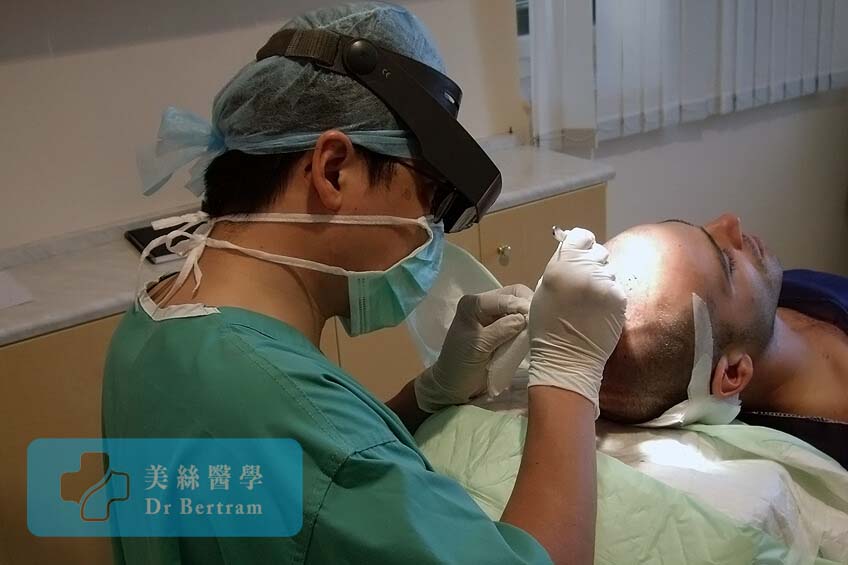
FUE - Training in Europe 2006
In 2006 I was given the opportunity to receiving 5 weeks training in Europe from Dr Roland Keleman, a FUE Expert from Slovakia. While providing FUE hair transplant service in Hong Kong for the last 14 years, I had to modify the European Technique to cater for Asian Hair. In 2009 I published an article "Follicular Unit Extraction: Experience in the Chinese population" in an international medical journal. That was the first ever written on the topic.
FUT - ISHRS Asian Workshop 2007
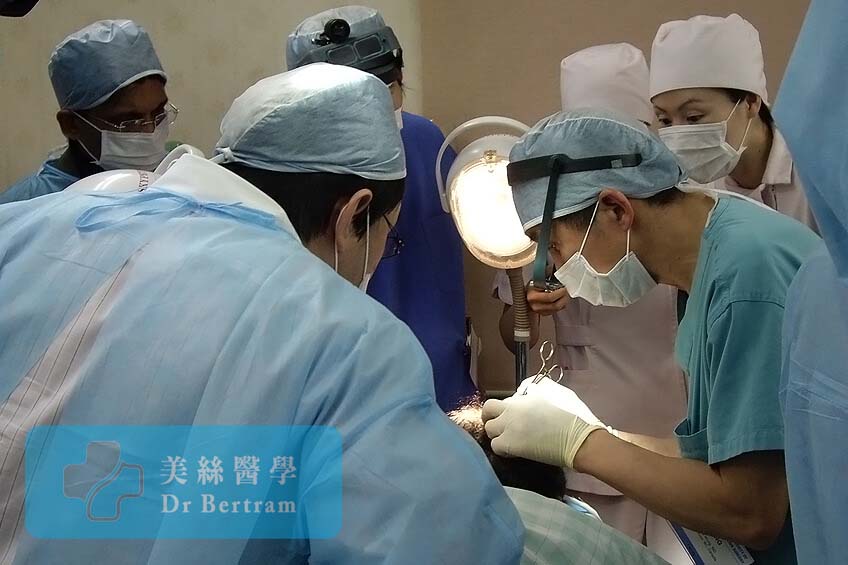
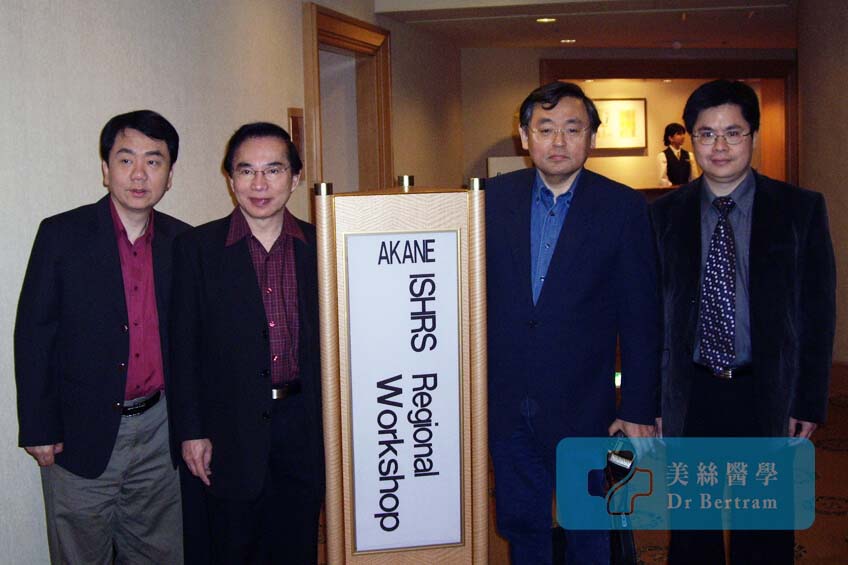
In Yokoham Japan, I met many world famous hair transplant surgeons such as Dr Jerry Wong, Dr Pathomvanich, Dr Imagawa... They demonstrated another technique called the FUT. I was deeply impressed with the result. They commented that a competent Hair transplant surgeon should be able to master both FUT and FUE techniques, and encouraged me to apply for the The ISHRS Fellwship training program.
ISHRS Fellowship Training Program 2008
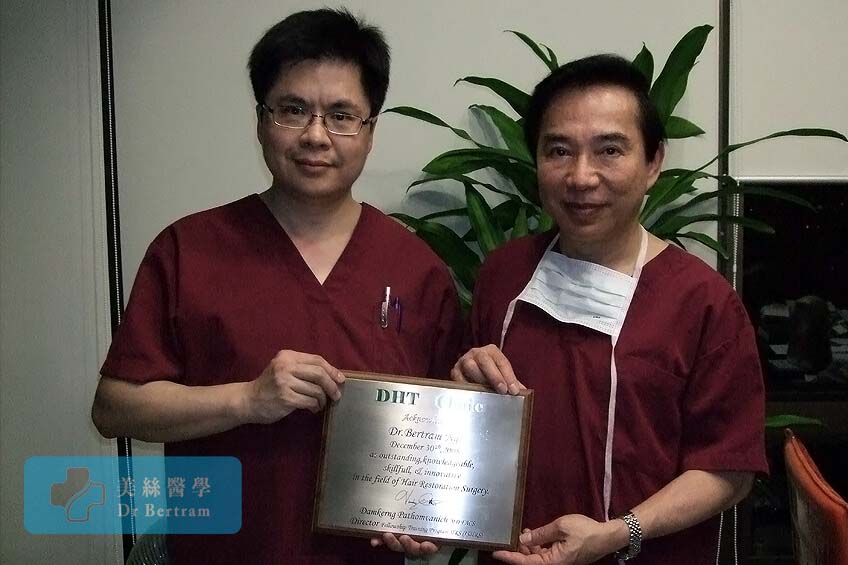
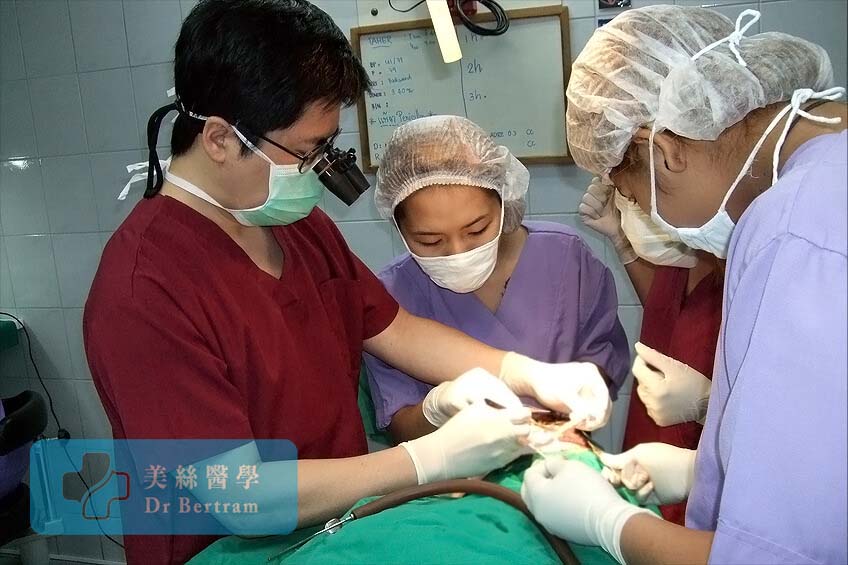
The International Society of Hair Restoration Surgery provides a one year full-time apprenticeship program in 5 centers over the world. The goal is to assist the trainee in developing the medical and surgical skills necessary to practice aesthetically sound, safe hair restoration surgery. The demand is always high as each center trains only 2 doctors per year. I was assigned to be trained under Dr Damkerng Pathomvanich, an American Certified Plastic Surgeon. He has been practising hair transplant for over 30 years, receving numerous awards for his achievements. His personal "Open FUT Technique" has been adopted by surgeons all over the world. He is also the Founding President of the Asian Association of Hair Restoration Surgery (AAHRS). I am always grateful for his teaching. ( Read More ... )
ABHRS Diplomate ( 2010 - 2020 ) and Examiner

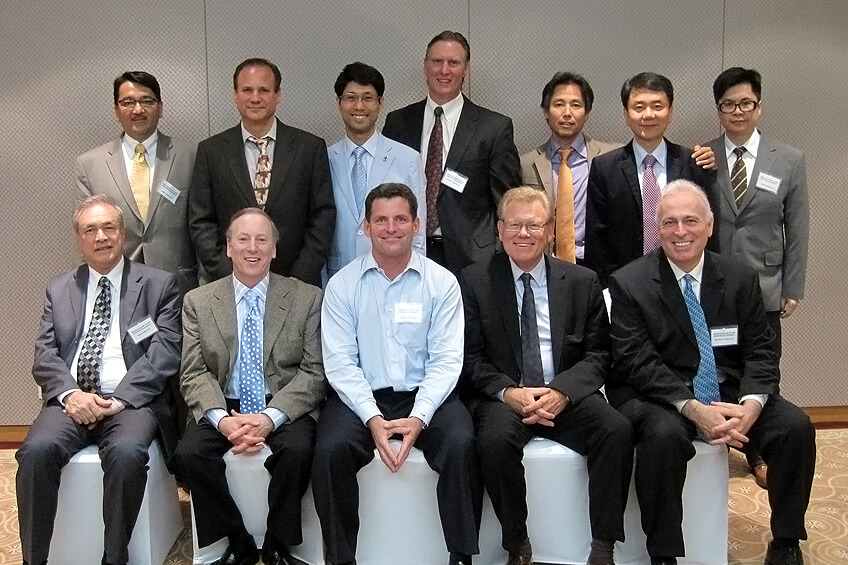
The American Board of Hair Restoration Surgery provides the only internationally recognized certification for hair restoration surgery. In order to receive the diploma, the doctor must demonstrate adequate training-experience and pass a Written-Oral Examination. In 2010 I attended the Board Examination in Houston USA, and was awarded the first ABHRS Diploma in Hong Kong, Taiwan and China. I then served as Board Director and Examiner for many years.
ISHRS Fellow Member
In 2012, the designation of Fellow was established in order to recognize members who met its exceptional educational criteria. In order to be considered, the hair restoration surgeon must achieve a specific level of points in a system of various educational parameters such as serving in leadership positions, American Board of Hair Restoration (ABHRS) certification, writing of scientific papers, teaching at scientific programs, among others. It was a great honor for me to achieve the Fellow title (FISHRS) in 2013. This recognizes my strive for excellence in this specialized field. ( Read More ... )
Continuing Medical Education (CME)

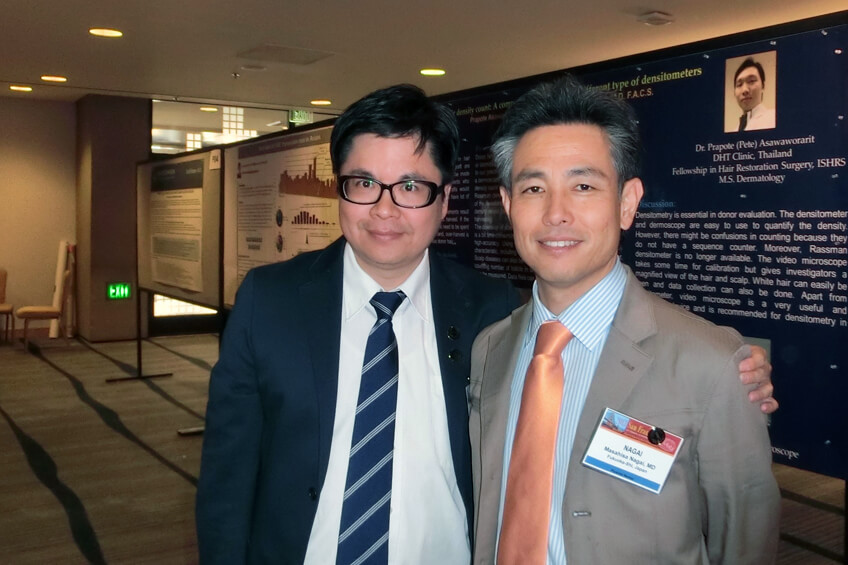
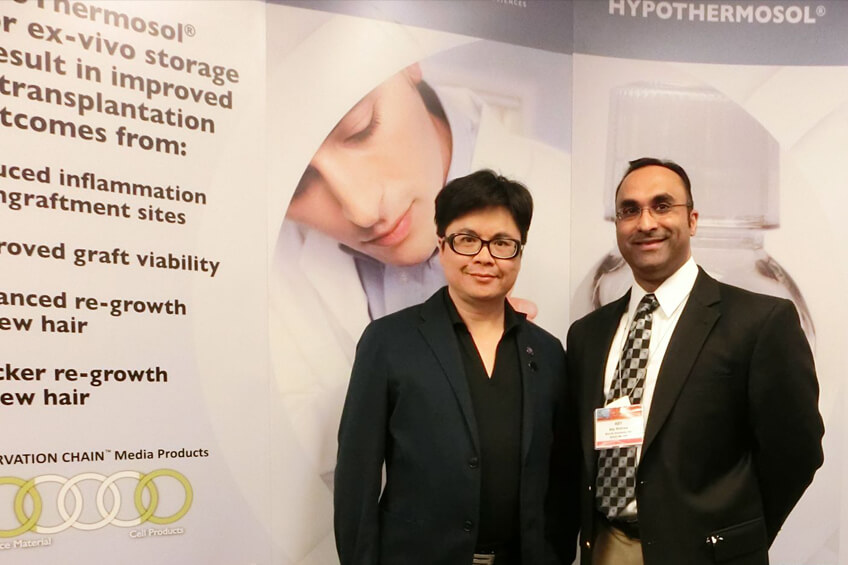
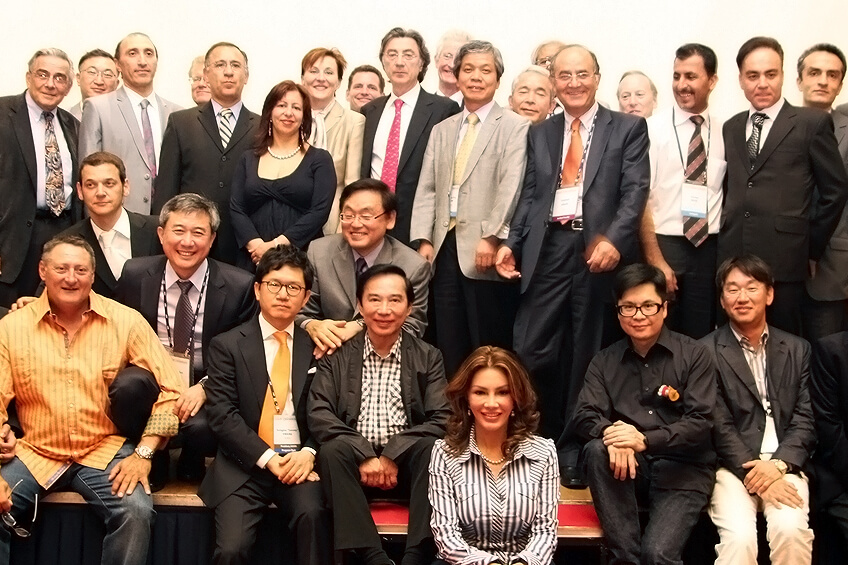
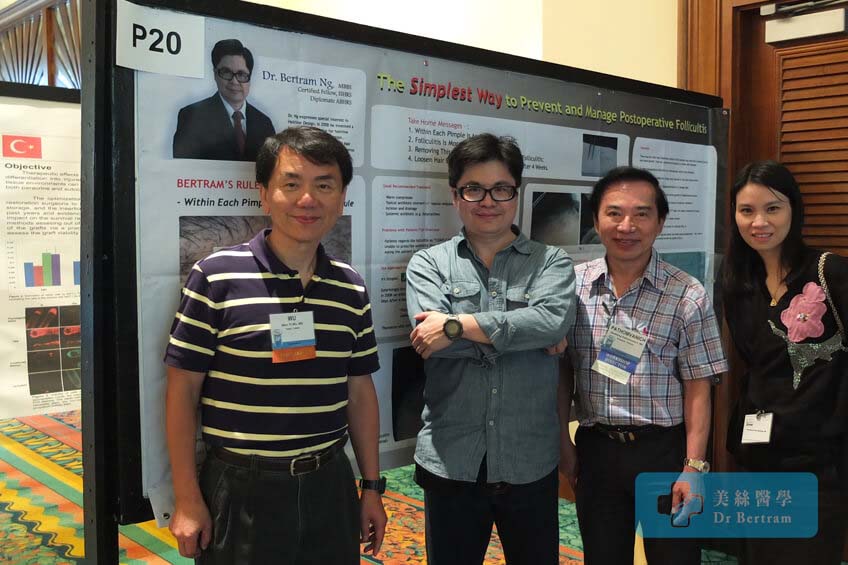
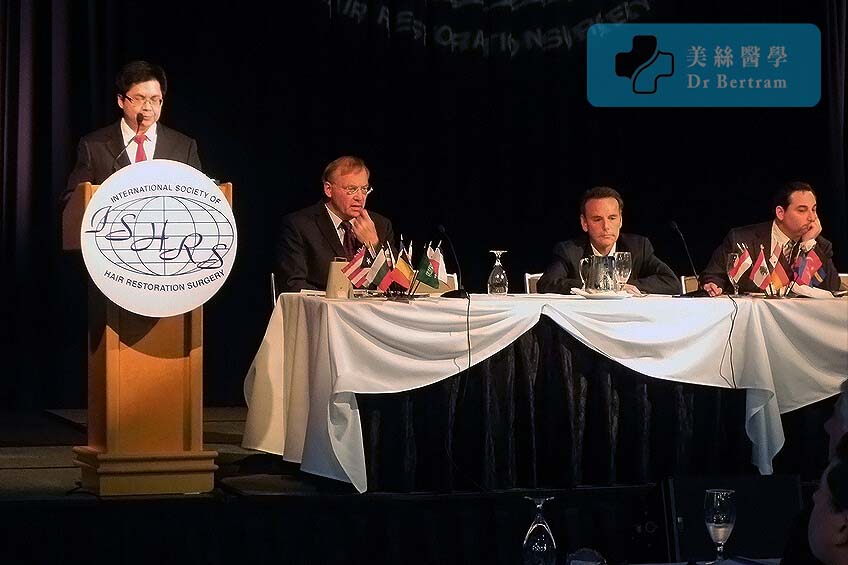

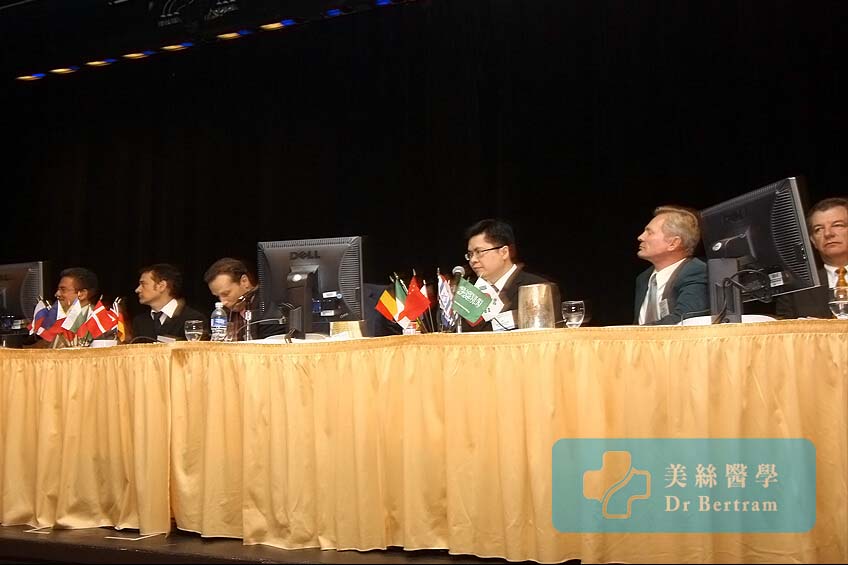
Each hair transplant doctor should keep himself or herself current with changes and latest developments relevant to own practice. CME is important to ensure that the doctor is practising up-to-date medicine and offering good quality care. Since 2007 I have attended meetings, workshops and seminars on a regular basis.
Learning from the Masters
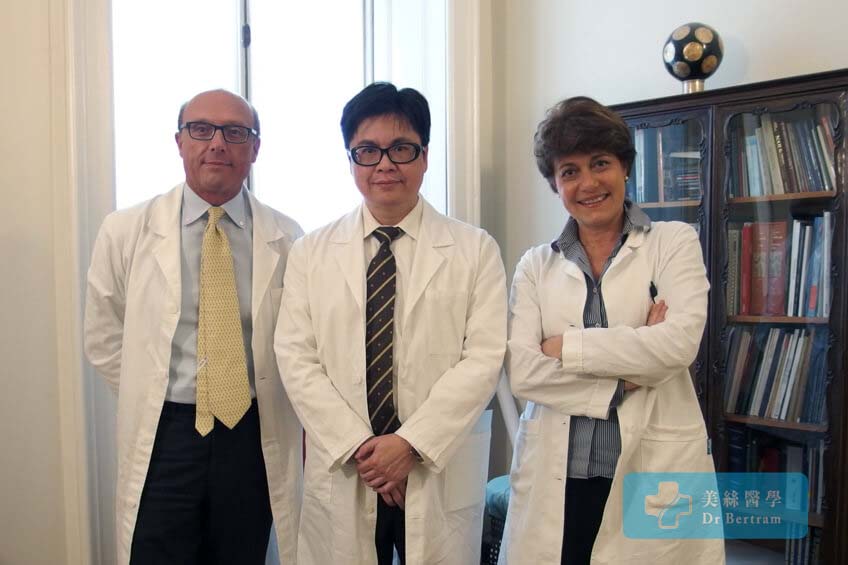
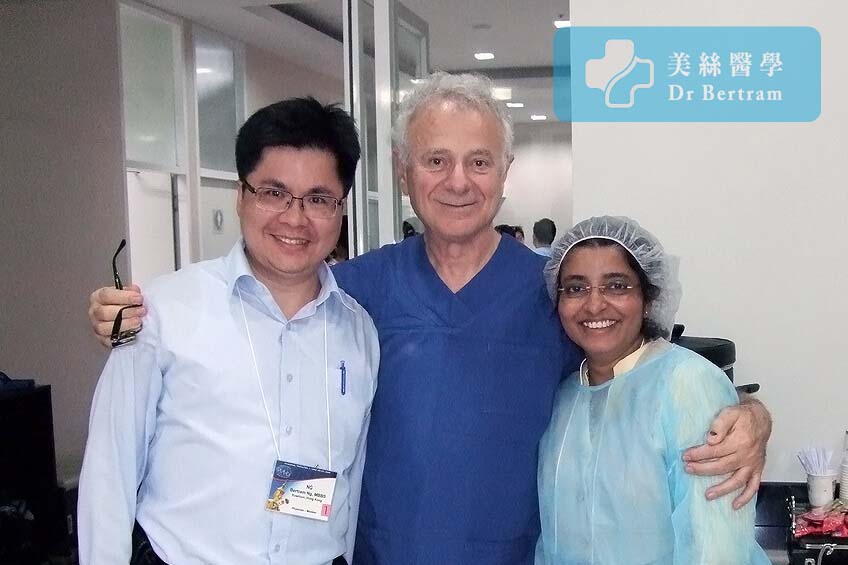
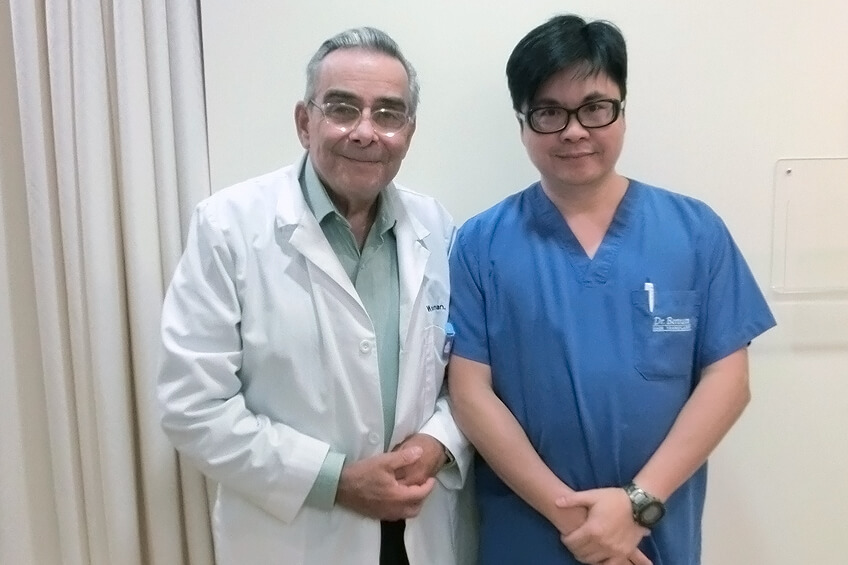
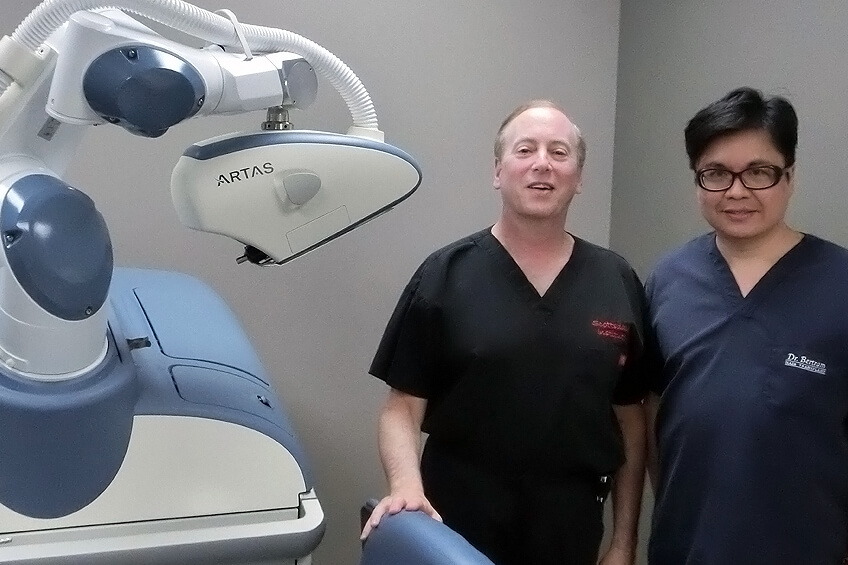
The ISHRS and ABHRS set up standards for hair transplant procedures. Yet over times every surgeon would have developed his/her personal technique. For the last 14 years I have visted centers in Thailand, Japan, Taiwan, Australia, USA, Italy and Greece to learn from the Masters. This gives me great inspiration to develop my own techniques.
Scientific Research
Research 1 – Donor Site Hair Loss After Hair Transplant, 2008
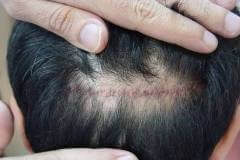
Hair loss may occur in the donor areas after hair transplant surgery. Eveb when there was no consensus whether the effluvium is telogen, anagen or a combination of both, most hair transplant surgeons label this as telogen effluvium in the same entity as recipient site shock loss. Marzola and Vogel were the few that described the effluvium as anagen. Their controversal view was supported bu our study.
Research 2 – Hand-held Laser Hairline Placement, 2008
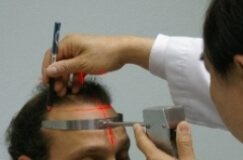
Hairline frames the face and has the most impact on a patient's appearance and facial attractiveness. To ensure symmetry in a proper hairline design is most time consuming. Laser Devices for Hairline Placement provides a perfect solution. A Hand held laser device was designed by our doctor. It has been on production since 2009 and now used by doctors and hair transplant centers all over the world.
Research 3 - Adipose Stem Cell Injection for Hair Loss, 2008
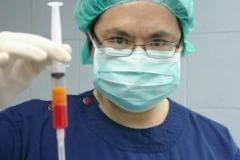
Recent studies confirmed that body fat contains stem cells, and abdominal wall fat aspirate has become an convenient source of regenerative cells. They can turn into whatever cells in need. Use of own body stem cells prevents rejection. Unfortunately the activation component of the supplied kit failed to trigger the differentiation of SVF into the desired hair follicle tissue.
Research 4 – Vitiligo Re-pigmentation By FUT, 2010
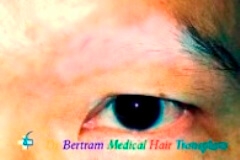
Single hair grafting can be considered in the treatment of localized and segmental vitiligo in the exposed areas. This case study suggested that the different melanocytes carried by the hair follicle have different immunological response to vitiligo. Grafting should include the middle one-third of the hair follicle which contains the maximum amount of ORS melanocytes. The procedure is simple according to today standard and can be performed in any hair surgeon’s office.
Research 5 - Prevent Facial Swelling After Hair Transplant, 2009

Working on the scalp may injury the deep seated nerves and blood vessels. Damage is prevented by injecting our specially prepared fluid called Tumescence to lift the scalp away from the bone. However 3 days after injection this fluid may drain down to the forehead and around the eyes causing unsightly swelling and bruises which take up to a week to settle. We had designed a protocol which has significantly reduced such swelling.
Research 6 – New Landmarks in Hairline Design, 2010

In Western countries the proportion of beauty is Da Vinci's Golden Rule of Third. An ideal face should have 3 equal vertical distances along the midline. Hairline is ideally designed according to this rule. after studying hundreds of pictures of "attractive" celebrities, we observed not the 3 facial parts as mentioned do not have to be exactly equal to look good. After examining their facial proportions, we have developed a new Golden Rule thar can be applied to all ethnic groups.
Research 7 – The Best Way in Graft Storage, 2010

This is a very common practice to put grafts in saline and then keep in the refigerator, based on the assumptions that this will keep the graft at 4°C. Our study showed that saline stored over ice coolant is effective in reducing oxygen consumption up to 6 hours. Keeping the saline in dish and stored in the refigerator is a good alternative but one must be alerted of the fluctuation in temperature with a risk of dropping to below 0 °C. Also the other possible risks have to be considered.

